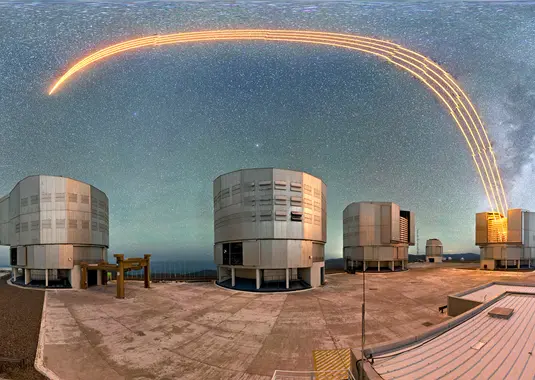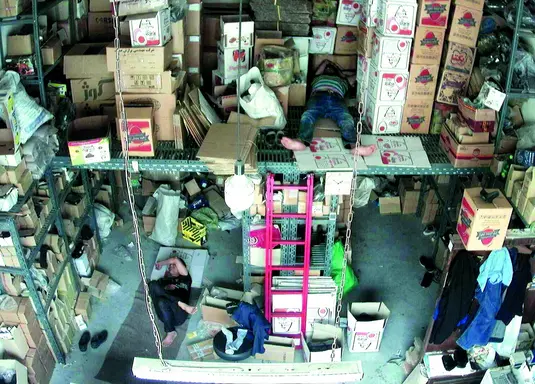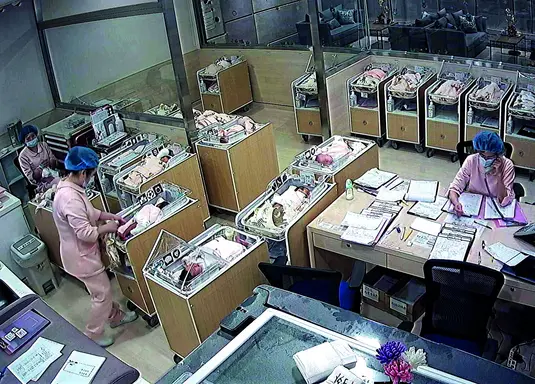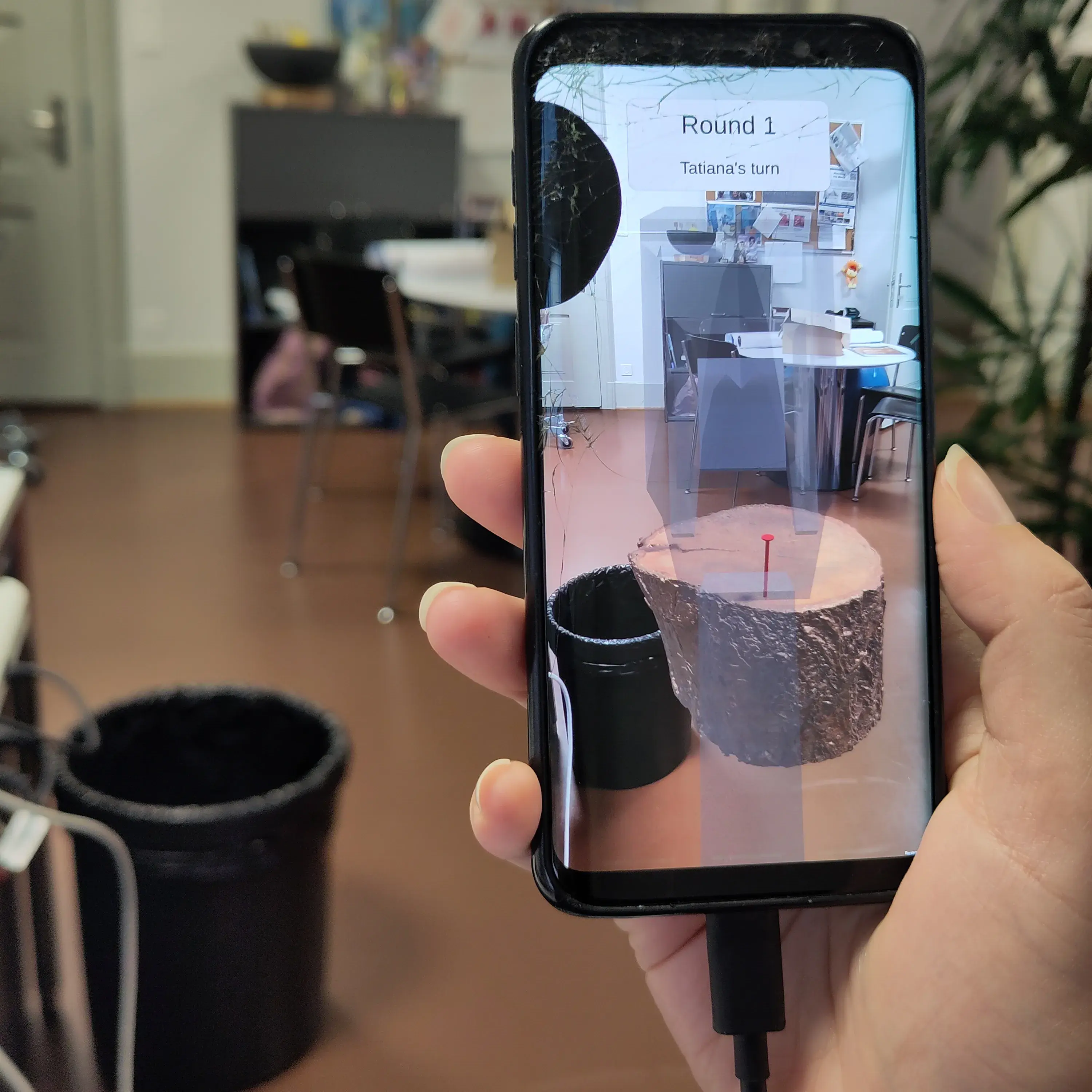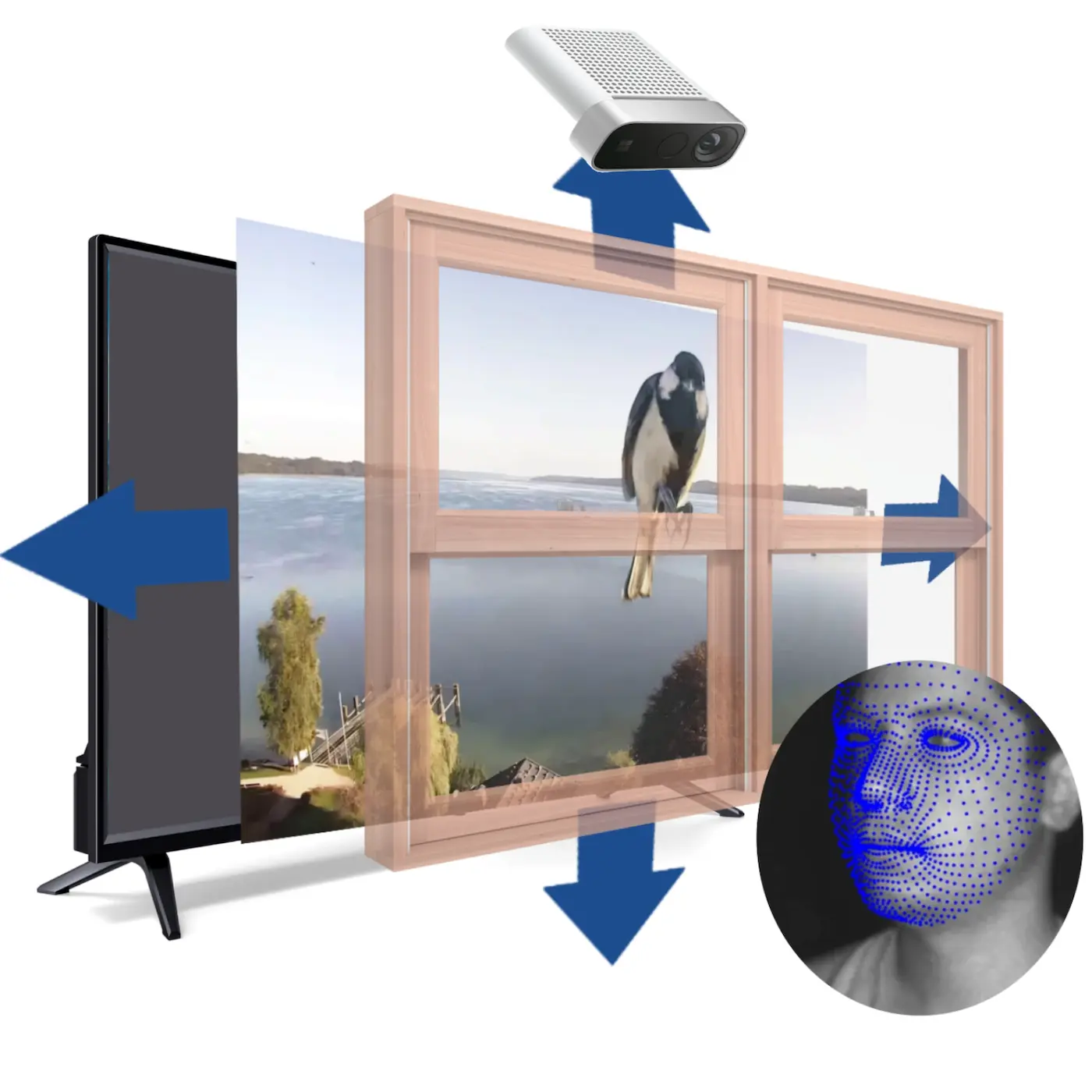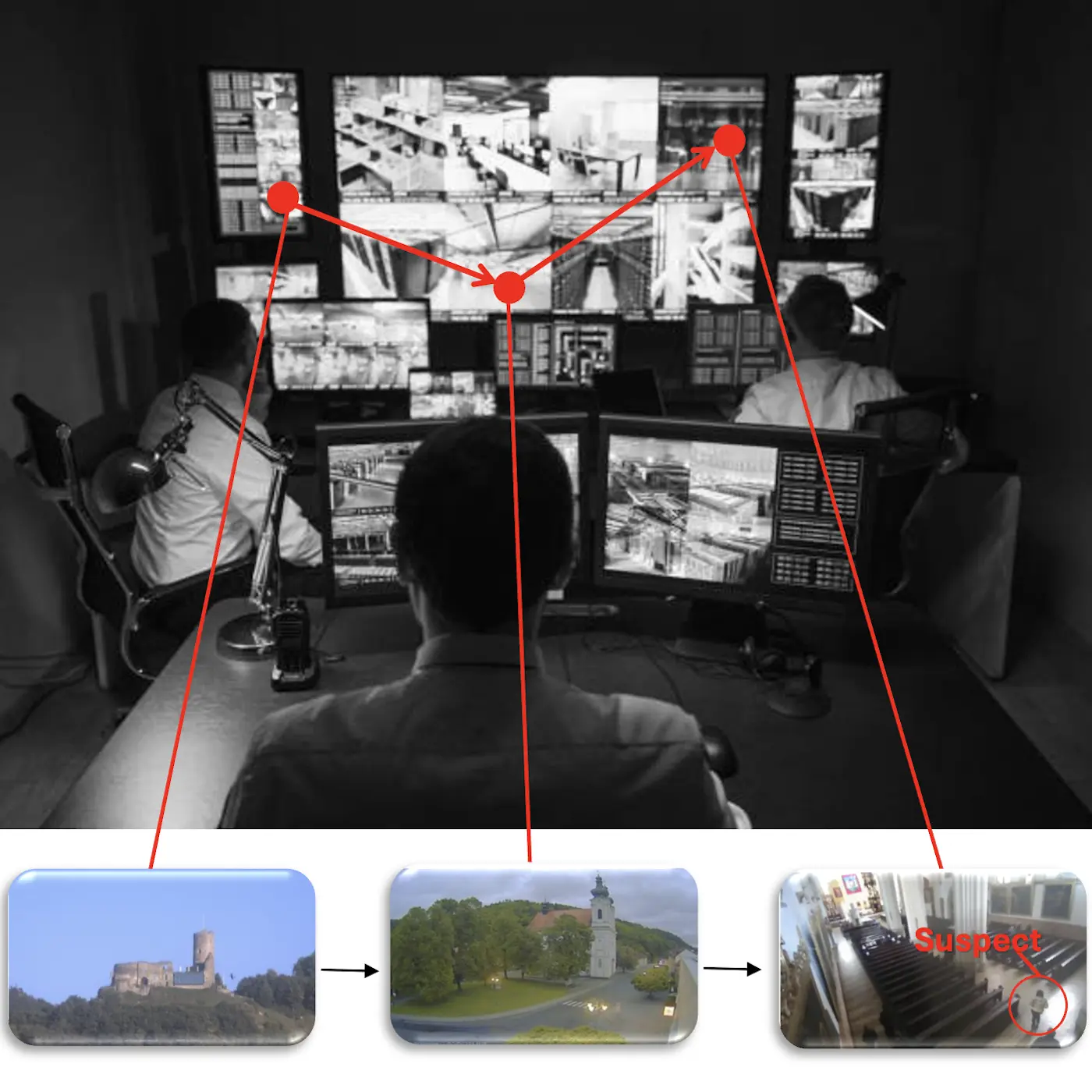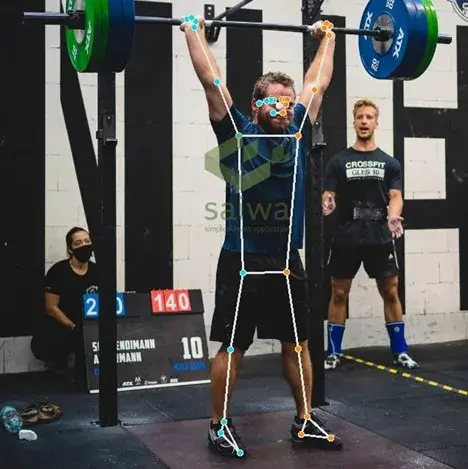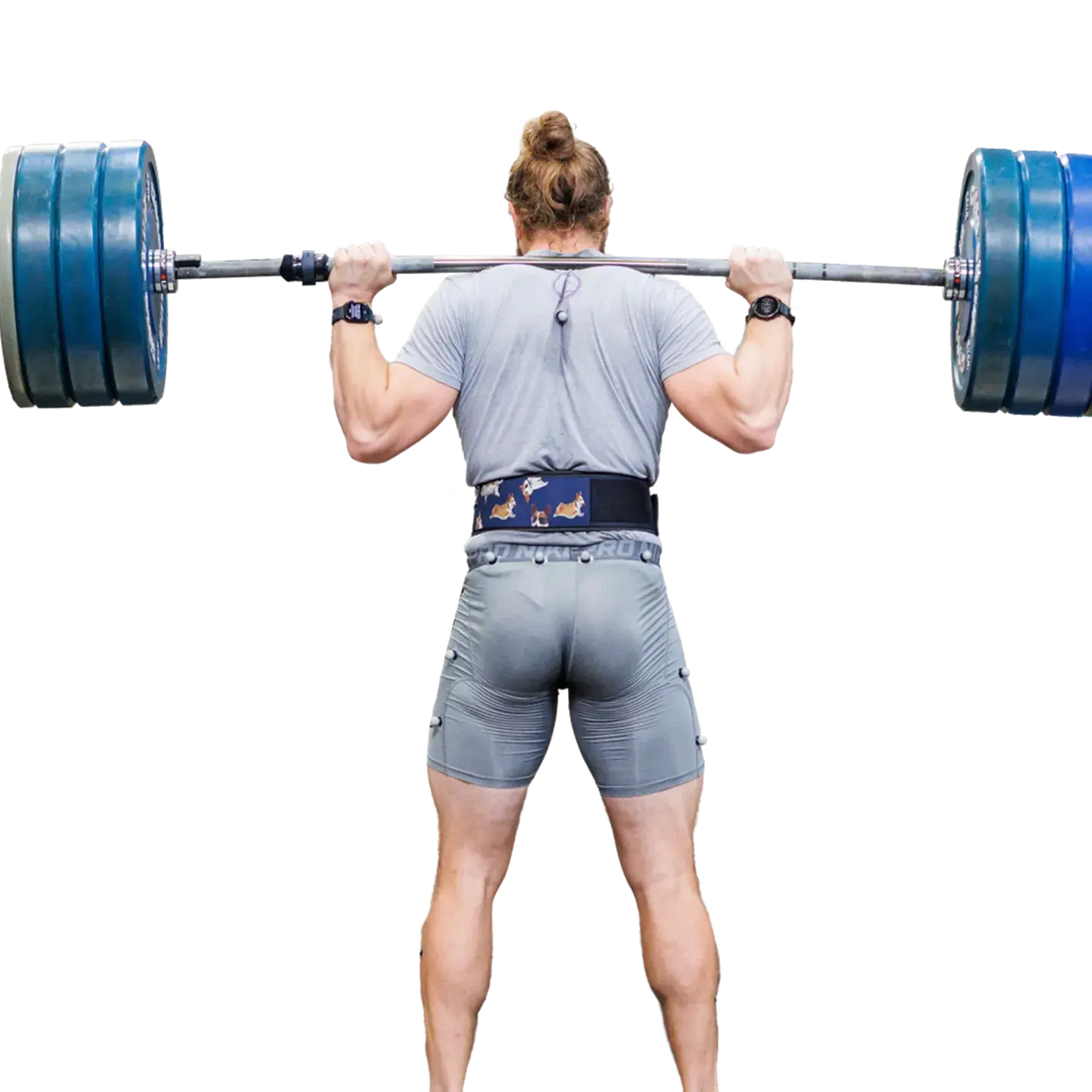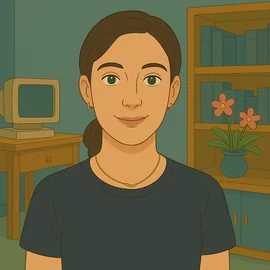Visual Intelligence and Applications

Da visuelle Daten zu einer der reichhaltigsten und komplexesten Informationsquellen werden, ist Visual Intelligence ein wichtiger Pfeiler der modernen Datenwissenschaft, der neue Wege zur Analyse, Modellierung und Kommunikation durch Bilder, Videos und immersive Umgebungen ermöglicht.
Maschinen das Sehen beibringen – und Menschen beim Verstehen helfen
Um ein Experte zu werden, muss man Fachwissen durch eine Kombination aus Kernkompetenzen (Wissen), praktischen Fähigkeiten und Praxiserfahrung entwickeln.
- Unser Ansatz zur Entwicklung menschlicher Fähigkeiten legt den Schwerpunkt auf kollaboratives und kommunikatives Lernen, unterstützt durch interaktive und immersive Technologien. Wir ermöglichen Schulungsmöglichkeiten, die die physische und virtuelle Welt verbinden und so tiefgreifende und nachhaltige Lernergebnisse gewährleisten.
- Unsere Forschungsinitiativen erweitern die Grenzen des Möglichen. Arbeiten Sie mit renommierten Dozenten an Projekten in den Bereichen automatisierte Bildinterpretation, maschinelles Lernen, visuelle Kommunikation und mehr.
- Unsere Arbeit bleibt nicht nur im Labor – sie hat Auswirkungen auf die Praxis und beeinflusst alles von der medizinischen Diagnostik bis hin zur Kunst.
Forschung & Projekte
Visual Interestingness

Interestingness -- the power of attracting or holding one's attention.
Our daily life is greatly influenced by what we consume and see. On one hand, we decide based on our personal interests which news, movies, or other events we focus our attention on. On the other hand, most people are also very open to external visual stimuli that could influence their behavior. To learn more about human visual perception and its effects on judging events as interesting, but also for commercial purposes, it is of great interest to understand what triggers human attention and interest.
For instance, models of what people consider 'interesting' could be used to automatically analyze video streams in video surveillance applications and alert users. Or it can help people in their work by automatically highlighting 'interesting' facts that might otherwise have been overlooked. This is especially important in time-critical scenarios where someone needs to quickly get an overview of many facts, such as in medical emergency care.
- F. Abdullahu and H. Grabner, Visual Interestingness Decoded: How GPT-4o Mirrors Human Interests, In Proc. International Conference on Computer Vision (ICCV), 2025, Data and Code on GitHub
- F. Abdullahu and H. Grabner, Commonly Interesting Images, In Proc. European Conference on Computer Vision (ECCV), 2024, Data and Code on GitHub
- T. Koller, and H. Grabner, Who wants to be a click-millionaire? On the influence of thumbnails and captions. In Proc. IEEE International Conference on Pattern Recognition (ICPR), 2022
The Effect of Implied Motion

Over the past several decades, visual imagery has become the dominant element in modern advertising. A common content strategy involves depicting humans, animals, or objects in the midst of motion. Whereas previous research indicates that implied motion images enhance persuasion, it is unclear whether this effect is unique to depictions of moving humans or if it also applies to depictions of moving animals (e.g., a dolphin jumping out of the water) and moving objects (e.g., a car driving on a street, a burger being tossed in the air). Across a set of seven experimental studies, we provide robust evidence that images depicting animate and inanimate motion increase the persuasiveness of an advertisement and that this effect occurs through enhanced engagement. Our findings further indicate that the level of engagement is influenced by the complexity of the depicted motion, with more complex, nonlinear movements eliciting greater engagement than simpler, linear movements. Overall, this research contributes to the advertising literature by providing an empirically grounded account of implied motion imagery and by helping marketers create more effective advertising.
- ZHAW Medienlinguistik
- F. Bünzli, W. Weber, F. Abdullahu, and H. Grabner, Depicting Humans, Animals, and Objects in Motion: The Effect of Implied Motion on Engagement and Persuasion in Advertising? Journal of Advertising, 2024
- F. Bünzli, W. Weber, F Abdullahu, and H. Grabner, Do Vectors of Motion Make Advertisements More Interesting? Annual Conference of the International Communication Association (ICA), 2023
Watching the World

All images are equal but some images are more equal than others.
"WATCHING THE WORLD, The Encyclopedia Of the Now" is an art, photography, exhibition, AI, big data, and online project that exclusively uses open data sources. It photographs the world simultaneously in live mode around the clock and across the globe using publicly accessible webcams, presenting these recordings in real-time on the website in various modes and developing a new way of seeing, a new form of photography with the help of AI.
On the webpage https://webcamaze.engineering.zhaw.ch, more than 10,000 webcams are analyzed in real time. If the images were printed out, they would stack up to the height of the Great Pyramid of Giza – every day! Without methods of machine learning and automatic image processing, such volumes could no longer be managed.
Most of the time, there is nothing "interesting" to see – but if you are at the right place at the right time, you see surprising, unexpected, bizarre, perhaps questionable images that invite reflection and discussion.
"SPY BOT 2000 - We believe the version of the arty bollocks write up is that this loads live webcam images from around the world and gets an AI to sort them into categories. Actually quite an interesting use of AI for a change, if a little creepy." -- b3ta.com
1 camera, 1 bird, 1 image

AWARD: SNSF Scientific Image Competition 2025 - Jury distinction
Jury’s commentary | Frozen in flight and defying gravity, this bird watching us offers a tongue-in-cheek reflection on the observer being observed. The partly humorous, partly absurd shot addresses the role of artificial intelligence and the deluge of images produced by the proliferating webcams and security cameras around the world, questioning the modern practice of photography.
IMMERSE: Immersive Education and Science Exploration
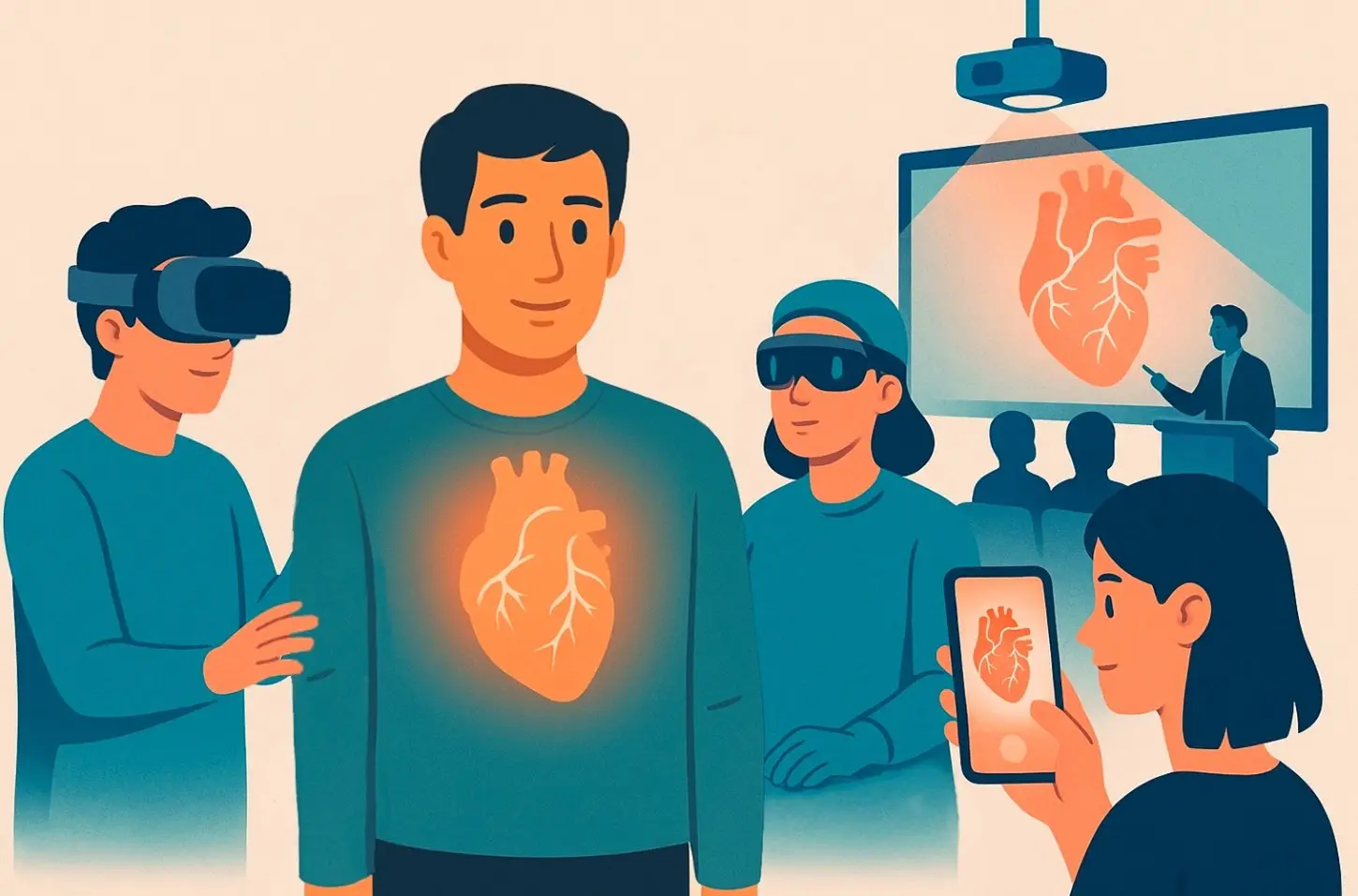
Extended reality (XR) learning environments are developed to spark curiosity, encourage exploration, and inspire creativity in learners. At the same time, educators are empowered by these tools to present their topics in an immersive and interactive way.
Close collaboration is maintained with the University of Zurich (UZH) and the Zurich University of Teacher Education (PH Zurich). Additional support is provided by practice partners such as Microsoft, Siemens, and Magic Leap, whose specialized expertise in XR technology, 3D data acquisition, and cloud solutions plays a key role. Through their contributions, ideas are transformed from early design and prototyping stages into fully realized applications. Applications are created across a variety of educational fields.
To support learners and educators in their respective environments, applications are developed with cross-platform use in mind. A common XR platform is being aimed for, allowing projects to be presented to individuals using VR or AR headsets, to groups via smartphones, or to entire classrooms through the use of 3D beamers. These tools allow subjects to be explored from fresh and exciting perspectives.
Surgical Proficiency
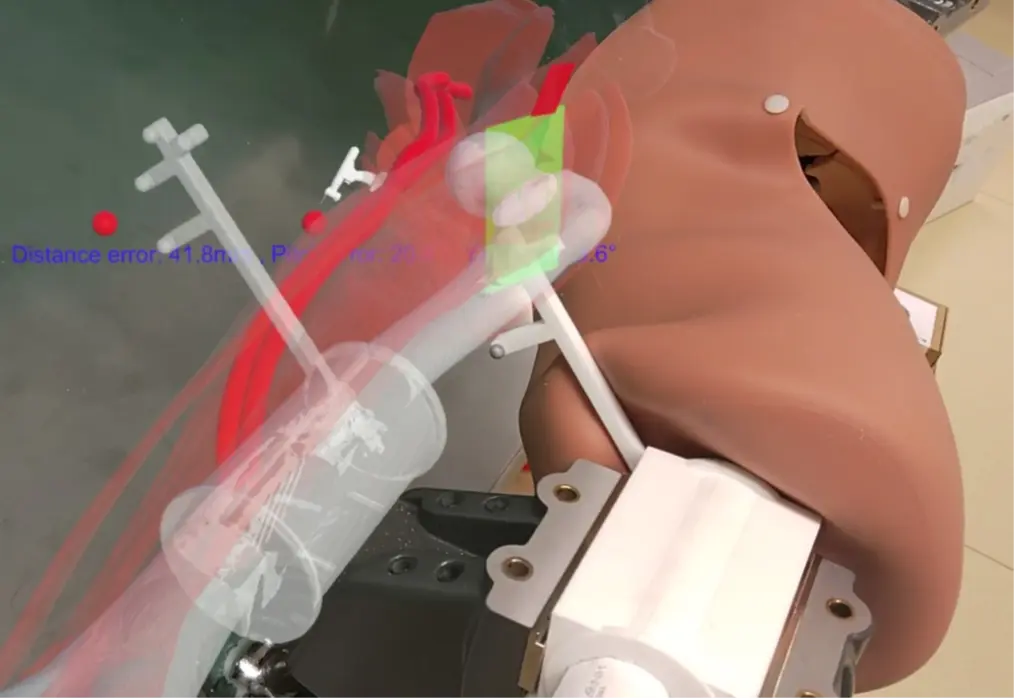
integrates adaptive AR guidance and AI techniques. By harnessing the power of intuitive AR instructions and leveraging AI-driven analysis of human activity and behavior, our aim is to optimize the usability of surgical training simulators.
It initiates the paradigm shift in surgical training for optimally prepared surgeons and even greater patient safety.
Training on patients according to the principle of “see one, do one and teach one” no longer corresponds to today’s requirements and technical opportunities regarding education of surgical residents. During the Covid-19 pandemic, most hands-on training had to be discontinued, leading to an almost complete interruption of surgical education. Under the lead of the three clinical partners Kantonsspital St.Gallen, Centre Hospitalier Universitaire Vaudois, and Balgrist University Hospital, endorsed by the Swiss Surgical Societies, novel standardized and proficiency-based surgical training curricula are defined and interfaced to simulation tools. The four implementation partners VirtaMed AG, Microsoft Mixed Reality & AI Lab Zurich, OramaVR SA and Atracsys LLC, in collaboration with ETHZ and ZHAW develop these innovative training tools ranging from online virtual reality simulation, augmented box trainers, high-end simulators, to augmented-reality-enabled open surgery and immersive remote operation room participation. The proposed developments introduce a fully novel, integrative training paradigm installed and demonstrated on two example surgical modalities, laparoscopy and arthroscopy, while fully generalizable to other interventions. This will set new standards both in Switzerland and abroad.
- R. Lekar, T. Gerth, S. Prokudin, M. Seibold, R. Bürgin, B. Vella, A. Hoch, S. Tang, P. Fürnstahl, and H. Grabner. Enhancing Orthopedic Surgical Training With Interactive Photorealistic 3D Visualization. Annual Meeting of the International Society for Computer Assisted Orthopaedic Surgery (CAOS), 2025, project
- L. Wu, M. Seibold, N. Cavalcanti, J. Hein, T. Gerth, R. Lekar, A. Hoch, L. Vlachopoulos, H. Grabner, P. Zingg, M. Farshad, and P. Fürnstahl, A novel augmented reality-based simulator for enhancing orthopedic surgical training. Computers in Biology and Medicine, Volume 185, 2025
- https://www.surgicalproficiency.ch
- ZHAW Impact
- OR-X, ROCS Balgrist
- ETH Computer Vision and Learning Group
Mobile Monitoring of Resistance Training
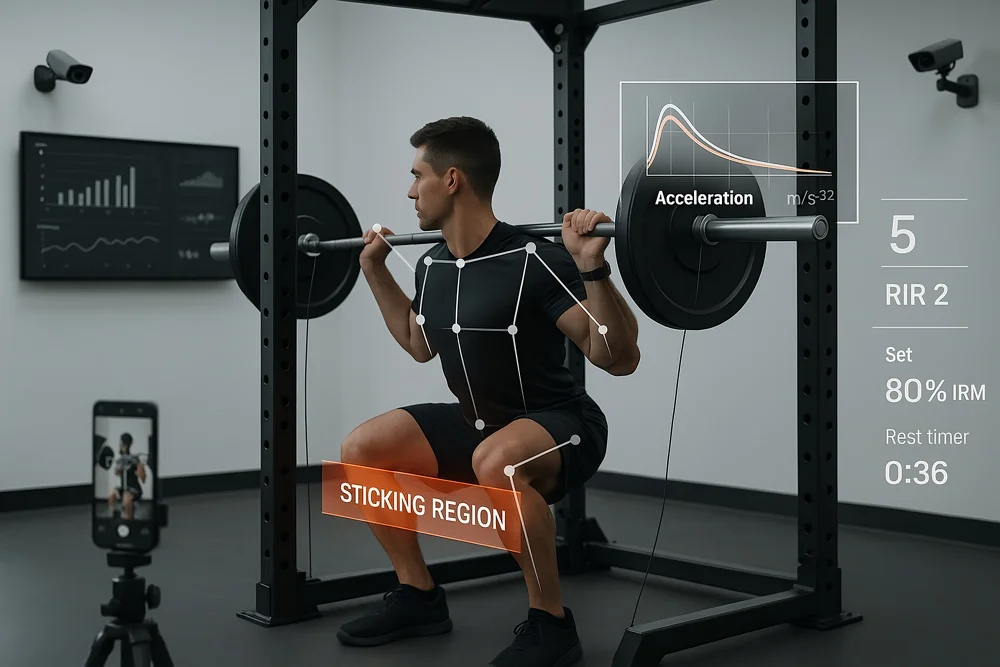
Resistance training is widely recognized as a cornerstone of physical development, offering substantial benefits for both general health and athletic performance. Despite well-documented advantages, global Resistance Training participation rates remain low. A more robust evidence base can inform targeted and individualized training recommendations, thereby increasing public awareness and driving wider adoption.
By integrating wearable measurements, volume monitoring, movement assessment, and predictive modeling, we aim to enable longitudinal tracking of Resistance Training using wearable-derived data. With this approach we aim to facilitate large-scale, low-burden monitoring across diverse populations and settings and enable individualized digital twins that simulate and predict training responses over time. As our next project, we will deploy our wearable monitoring directly in gyms with a primary focus on health. We will track movement quality, load management, and fatigue using on-watch IMU analytics to deliver real-time feedback for safe progression.
- B. Achermann, N. Regazzi, R. Heynen, D, Lüdin, J. Suter, A. Drewek, and S. Lorenzetti, From Monitoring to Prediction: Velocity-Based Strength Training in Female Floorball Athletes. Sports. 2025
- J. Jaeggi, B. Achermann, and S. Lorenzetti, Female Lower Body Muscle Forces: A Musculoskeletal Modeling Comparison of Back Squats, Split Squats and Good Mornings, Journal of Functional Morphology and Kinesiology. 2024
- B. Achermann, K. Oberhofer, S. Ferguson, and S. Lorenzetti. Velocity-Based Strength Training: The Validity and Personal Monitoring of Barbell Velocity with the Apple Watch. Sports. 2023.
Lehre
“Wir bringen Studierenden bei, wie sie Maschinen das Sehen beibringen.”
Lehrveranstaltungen
Zusammen mit dem Institut für Informatik bieten wir Grundlagen and Fortgeschritten Module im Bereich Visual Computing an.
Angebote für studentische Projekte (BSc & MSc)
Nachfolgend finden Sie eine Auswahl an angebotenen Studierendenprojekten. Projekt- und Bachelorarbeiten finden Sie ebenfalls bei Complesis. Gerne besprechen wir auch Ihre eigenen Ideen!
Interactive Game Wall – Tic Tac Toe with Computer Vision
Contact: martin.frey@zhaw.ch
This project explores a novel interactive game wall where Tic Tac Toe is played by kicking a football at projection surfaces. Using only cameras, a projector, and computer vision — no extra sensors — the system detects ball impacts and displays X or O at the hit location, enabling intuitive, digital play.
Watching the World – Finding the Needle in a Haystack
Contact: fitim.abdullahu@zhaw.ch
This project explores the world through more than 10,000 publicly available webcams. In a flood of over 1 million images per day, most scenes are ordinary. Using AI and computer vision, we aim to detect rare and interesting moments as they happen — finding the "needle in the haystack" in real time.
Nail It! – Traditional Game Reimagined in AR
Contact: tatiana.gerth@zhaw.ch
Using markerless AR and motion sensors, this project brings the traditional “Nageln” game into augmented reality. Using just a smartphone, players take turns hammering virtual nails into a trunk - no controllers, no accounts, no setup. Pass the phone around for a fun, intuitive group experience.
Window to the World
Contact: matthias.karst@zhaw.ch
Build an installation using a screen, a face tracking camera and AI based image segmentation that functions as a virtual window to anywhere in the world. As you move your head in front of the window the displayed image must move accordingly. Just like with a real window.
Finding the Suspect
Contact: matthias.karst@zhaw.ch
Build a VR game where you search for suspects all around the world, using thousands of webcams. Select an object in one image and receive dozens of new ones showing an object with similar shape, color or type. Starting from a random image, you will have to make smart connections to find the suspect.
Movement Classification of Functional Fitness Videos
Contact: basil.achermann@zhaw.ch
In Functional Fitness Competitions, athletes qualify by submitting workout videos judged for movement standards. This process presents two opportunities: automating evaluations with computer vision for efficiency and objectivity, and leveraging the footage for sports science research.
Movement Classification using Mobile Measurements
Contact: basil.achermann@zhaw.ch
We're using IMU data for Human Activity Recognition, focusing on strength and sport-specific movements to analyze performance, technique, and fatigue. What movements are you interested in tracking? From fine motor skills to full-body actions, we welcome your ideas and collaboration.
Team
“Great things in business are never done by one person, they are done by a team of people” ― Steve Jobs.
Ehemalige Mitglieder
- Pascal Bühler, Research Assistant, Aug. 2022 - Aug. 2024
- Romain Délèze, Research Assistant, Sep. 2022 - Aug. 2024
- Raphael Schnyder, Entrepreneurship Fellow, Dec. 2022 - Nov. 2023
- Michele Wieland, Research Assistant, Jan. 2021 - Aug. 2023
- Funk Te Yiea, Researcher, Jan. 2021 - Oct. 2022
